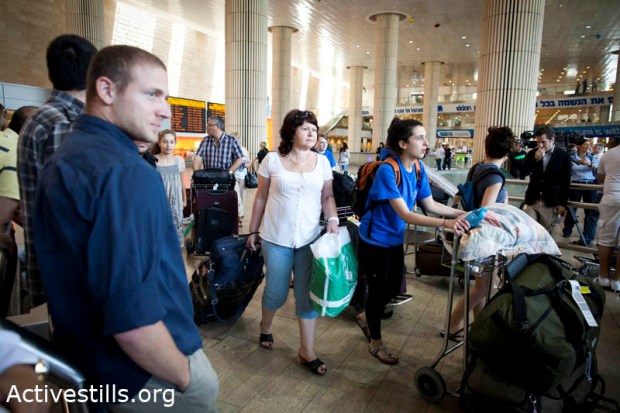Category: In the Media
-
AP: Testimony ends in Israel case over killed American
10 July 2011 | Associated Press An Israeli court heard its final witness Sunday in a trial surrounding the death of American activist Rachel Corrie, who was crushed by an Israeli military bulldozer in the Gaza Strip in 2003. Israel’s commanding officer in Gaza at the time, Col. Pinhas Zuaretz, testified Sunday. Corrie, a pro-Palestinian…
-
+972: A special form for Arab passengers to warn airport ahead of their arrival
9 July 2011 | +972 Magazine Israel responded to the “flytilla” with a wildly disproportionate deployment of police and extraordinary security checks. But Palestinian citizens of Israel are discriminated at the Ben Gurion Airport on an hourly basis – and are now able to racially profile themselves, using a specially provided form to warn the…
-
Welcome to Palestine – if you can get in
5 July 2011 | Sam Bahour, The Guardian Palestinians have globally touted an array of rights that Israel systematically denies. There is the right of return, the right of freedom of movement, the right to water, the right to education, the right to enter (not to be confused with refugees’ right to return) and so…

